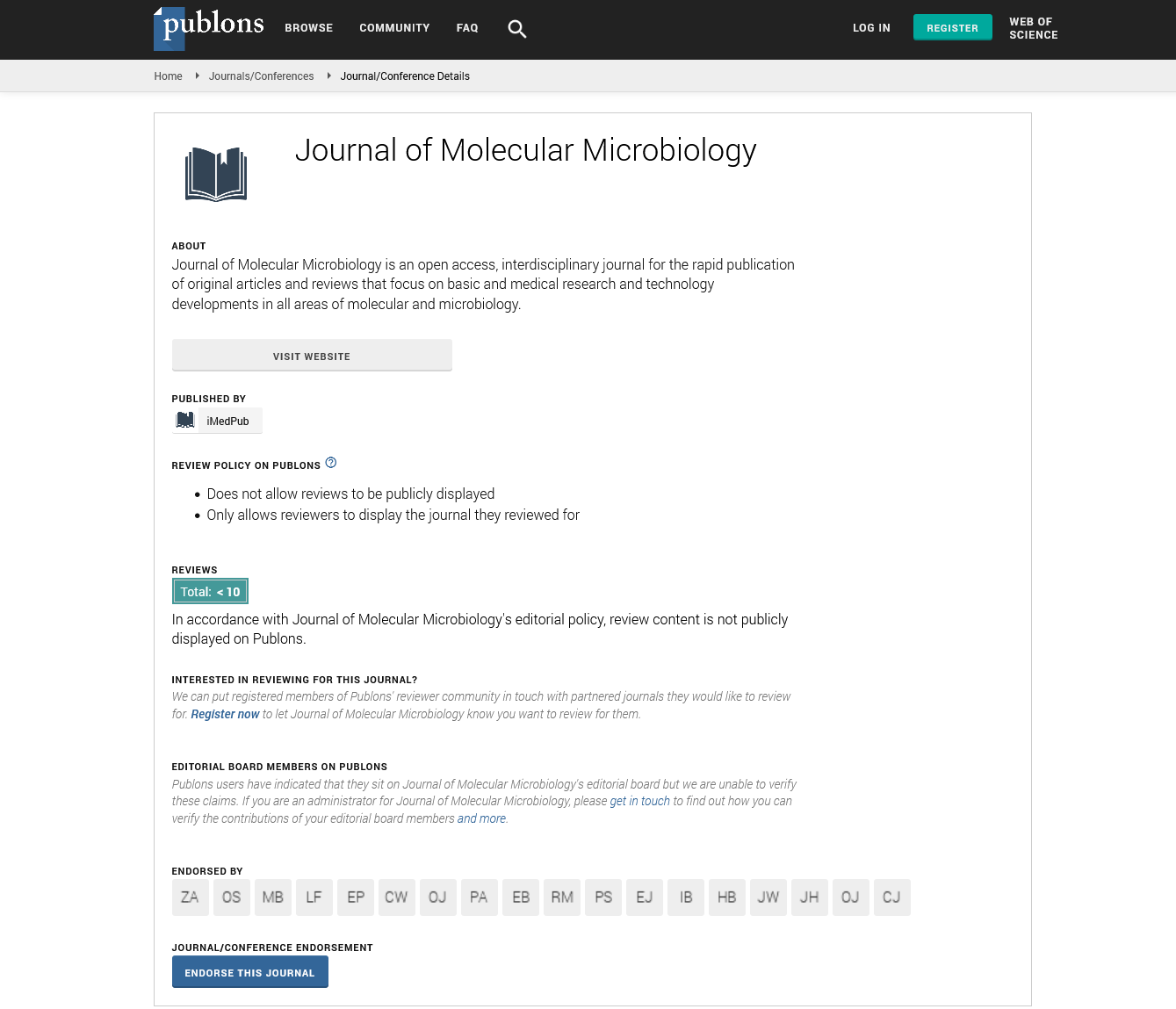Abstract
Microbial Food Cultures' Safety and Regulatory Aspects in Food Production
Microbial food societies are living microscopic organisms, yeasts, or moulds that are used in the production of food. Microbial food societies round out the ageing interaction in supermarkets. Aging, which has been used by humans since the Neolithic period (about 10000 years BC), aids in the preservation of transitory food variety as well as the enhancement of their nutritious and organoleptic properties (for this situation, taste, sight, smell, contact). Beginning in 1995, matured food accounted for between one-quarter and one-third of the food consumed in Central Europe. More than 260 distinct varieties of microbial food culture are recognised and shown for their valuable use in aged food items around the world, demonstrating the importance of their utilisation. The logical reasoning of microbe maturation capability began to be worked with Louis Pasteur's disclosures in the second half of the nineteenth century. Extensive logical research continues to describe microbial food societies commonly used in food ageing in a systematic, physiological, biochemical, and hereditary manner. This allows for better agreement and enhancement of traditional food handling, as well as the opening of new domains of use
Author(s): Rishika Meadwle*
Abstract | PDF
Share This Article
Google Scholar citation report
Citations : 86
Journal of Molecular Microbiology received 86 citations as per Google Scholar report
Journal of Molecular Microbiology peer review process verified at publons
Abstracted/Indexed in
- Google Scholar
- Publons
Open Access Journals
- Aquaculture & Veterinary Science
- Chemistry & Chemical Sciences
- Clinical Sciences
- Engineering
- General Science
- Genetics & Molecular Biology
- Health Care & Nursing
- Immunology & Microbiology
- Materials Science
- Mathematics & Physics
- Medical Sciences
- Neurology & Psychiatry
- Oncology & Cancer Science
- Pharmaceutical Sciences
